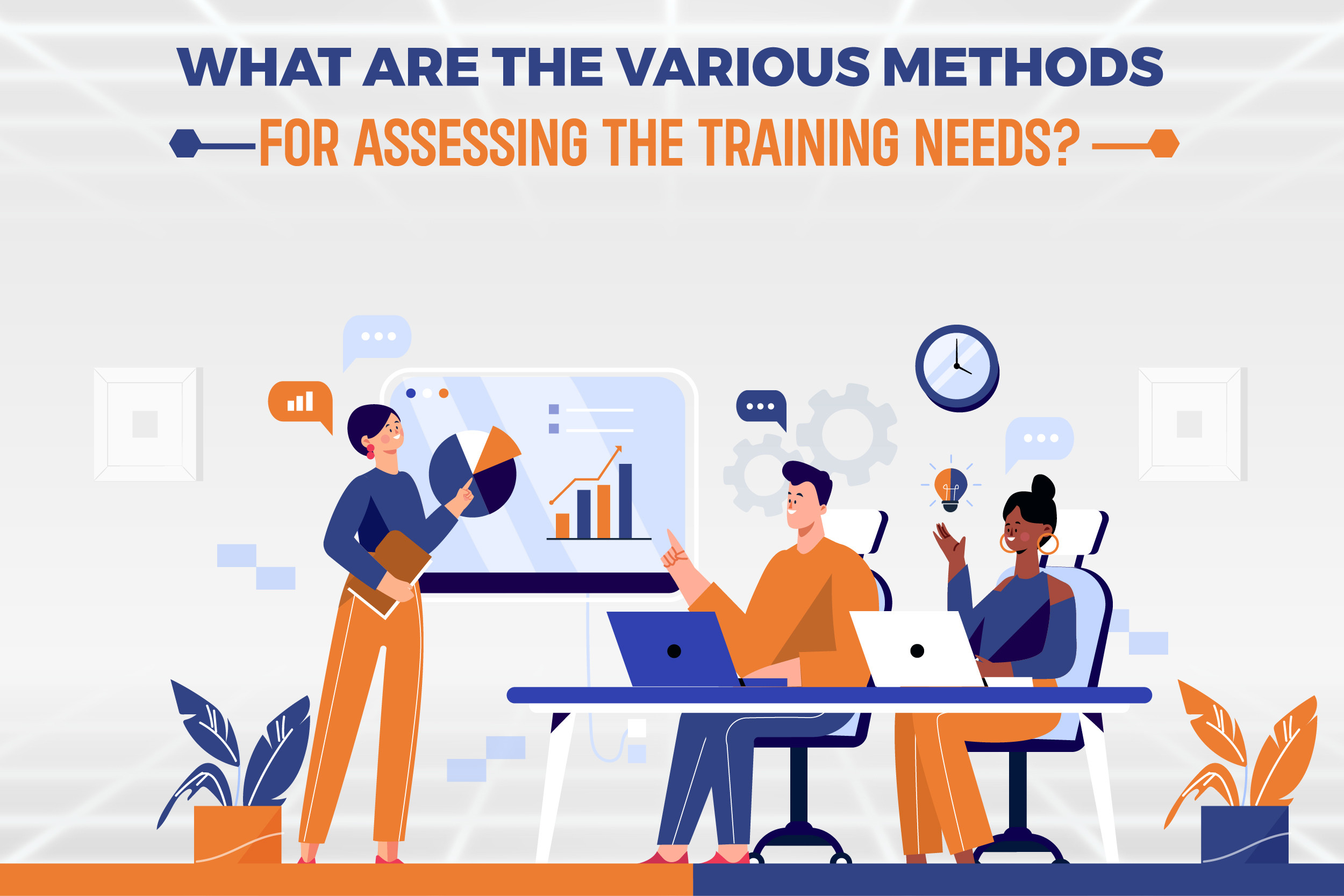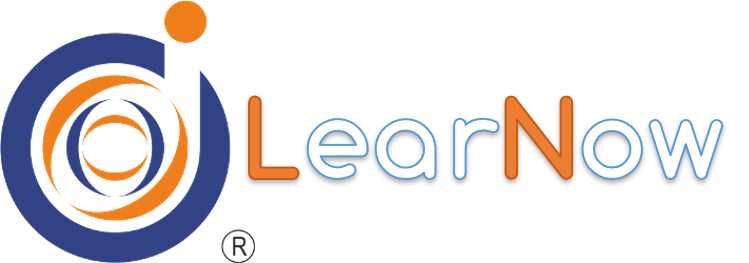
What Are The Various Methods For Assessing The Training Needs?
Who doesn’t want effective training? But what actually is effective training? Well, it trains the trainees successfully, they get trained in such a way that their skill gaps are sealed, they gain more confidence, and most importantly, they apply their newly gained skills in their workplace. But the question is, how you’re gonna make your training effective? Simple, by making it more targeted and results-driven. Doesn’t it sound intriguing? Then surely you would like to know about the term TNA.
Training needs assessment (TNA) is a process of identifying training needs in order to meet the expectations of the employees. It is done by conducting a training needs analysis to see what the employee's training expectations are and then identifying what motivates them.
A training needs assessment determines a person's present level of competence, ability, or knowledge in one or more areas and compares it to the standard of competence necessary for their role or other positions within the business. Determining the need for training might be aided by the discrepancy between the present and necessary abilities.
Management may choose the best approaches to resolve competency gaps among individual employees, certain job categories, or groups/teams by being knowledgeable about the situation rather than assuming that all employees require training or even the same training.
Assessments can be carried out at any time, but they are frequently done following recruitment, during performance reviews, when performance needs to be improved, for career development plans, for long-term planning, or when organizational changes necessitate corresponding changes to the jobs of employees.
These evaluations should be carried out on a regular basis to identify an organization's training needs, the knowledge and skills of its personnel, and the efficiency of its training initiatives. This also helps in designing course materials, such as Leadership Courses for vital training programs on leadership.
Methods For Assessing The Training Needs
1. Understanding The Needs Of The Organization
In order to understand the business needs, an organization should conduct a thorough TNA (Training Needs Analysis). The TNA should identify the goals and objectives of the organization and what they are trying to accomplish. It should also identify any risks or obstacles that could hinder them from accomplishing their goal.
The end result that an organization is trying to accomplish is often dependent on its business needs. For example, if an organization has a need for more revenue then they may want to use a TNA to find out where they can increase revenue with the least amount of investment.
It is also a crucial component of long-term planning as well. This study enables a firm to make the most use of its training budget, inspire people by advancing their careers, and concentrate its energies on training areas that are essential for employees to effectively execute the organizational objectives.
2. Conducting A Gap Analysis
A gap analysis is a process of assessing the current state of an employee, and then the desired state in order to compare the two. A Gap Analysis is all about assessing the difference between these two states to see what needs to be done in order for employees to reach their full potential and fill the gap. This is not a one-time process, but rather an ongoing assessment that should be done periodically in order for HR teams and managers to make sure that all employees are on track with their goals.
Gap analysis can be used as a tool for HR professionals who want to improve performance and productivity, as well as for managers who want to make sure that they are meeting the goals set by their team members.
3. Analyzing Training Options
A collection of possible training needs and choices is produced by the gap analysis. The list may now be evaluated in light of the organization's present and future aims and objectives. One may rank things on a scale of 1 to 3, with 1 being extremely important, 2 being significant, and 3 being completely unimportant. Here are some things to think about when deciding whether training is a good option.
- Problem-solving approach. For instance, a worker's performance issue has been categorically identified as a training issue. Additional on-the-job training is given to the employee, who successfully picks up the required skills as a result. As a consequence, the business would have a worker that is both sufficiently trained and achieving the expected performance requirements.
- Price. An important consideration that must be evaluated is the price of training. Due to organizational goals and financial constraints, the company may be ready to invest a large sum in one Leadership Training but not in the others listed, depending on the circumstances.
- ROI. Calculating the value of training and development expenses is known as return on investment (ROI). It may also be used to estimate the time taken for those initiatives to compensate for themselves and give the company a return on its funding.
- Legal Observance. The training would be given top priority if any of the gap analysis's identified training needs were mandated by law (i.e., by national, state, or industry legislation), or if they were necessary to keep employees' licenses or certificates current.
The HR professional will hold a list of high-emphasis training, which can be Leadership Skills Training for specific individuals, departments, or the entire business once all the training needs and choices have been evaluated.
4. Report Training Needs And Suggest Training Plans
Reporting the results of the training needs assessment and recommending short- and long-term training budgets and plans, starting with the most important priority from the training choice list, are the following steps. Any training that has deadlines, such as those that must be completed by a certain date in order to fulfill legal compliance requirements, should be financed for and scheduled in accordance with those deadlines. The report should include an overview of the assessment's purpose, methodology, and participants, as well as training suggestions and a broad timeframe.
Ending Lines
The training needs assessment is a crucial process in any training program. A training needs assessment is a collection of processes that includes analyzing the current market condition and other such factors, which would influence the business of the organization and help them to become more effective.
The main objective of the assessment is to determine training needs that have emerged in the organization due to employee attrition, downsizing, product launch, etc. TNA can be used as a feedback mechanism for employees to assess the need for change and what they require in changing work environments.
